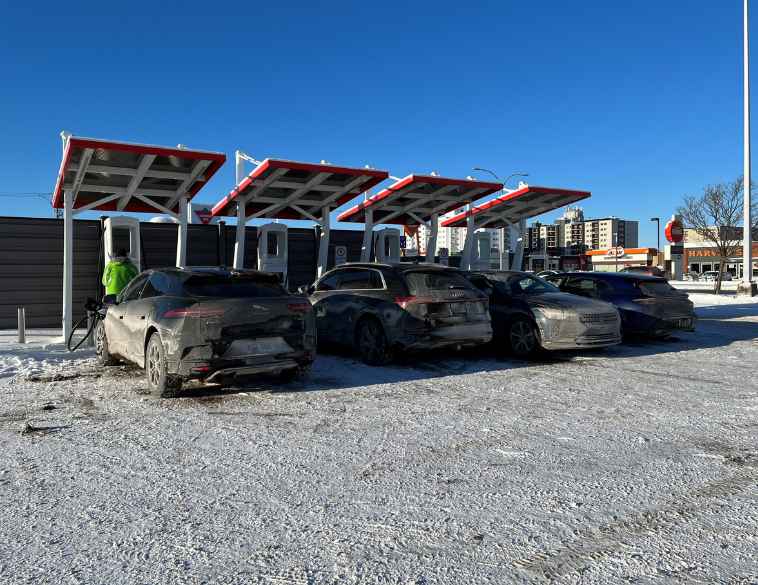The mission of Electric Mobility Canada is to accelerate the transition to electric mobility in Canada. We talked about this mission with Louise Lévesque, newly appointed Director of Policy.
Ms. Levesque, who has been driving an electric vehicle since 2014, worked for several years in the communications field specializing in transportation electrification. At the same time, she was a volunteer on the Board of Directors of this non-governmental organization.
Now responsible for all matters of government policy, her role is pivotal. The organization is built around a membership that includes companies developing electrification technologies and solutions, organizations that promote them, and electric vehicle manufacturers. This group allows for the development of partnerships while Electric Mobility Canada provides its members with all relevant information on policies, regulations and technological advances in electrification.
“Our organization, chaired by Daniel Breton, also issues recommendations and studies to various levels of government to accelerate the electrification of transportation. It is clear that global warming is a crucial issue,” explains Ms. Lévesque. On the other hand, the shift towards zero-emission mobility also represents a very important economic potential for Canada. We have the resources and know-how to become leaders in the electrification of transportation.

Action plan
Electric Mobility Canada recently released its EV 2030 Action Plan which focuses on six pillars to ensure Canada’s success in the transition to electric mobility. These pillars are funding mechanisms to support consumer adoption of light-duty EVs, support for electrification of medium-, heavy-, and off-road vehicles, deployment of charging infrastructure, availability of EVs to all communities, support for domestic design and manufacturing capabilities, and educating the federal government to lead by example, including converting its vehicle fleet to electric.
The approach is also very concrete. “As a result, we are working to educate electricity providers to implement a rate structure that would make off-peak charging more attractive,” illustrates the Policy Director.
We can say that things are moving in the right direction, but not fast enough,” she says. Our role is to give our leaders ideas for solutions so that they can commit to the electric solution with greater urgency.”



